- An ICP is not a static document; it's a dynamic tool that evolves with your business and market, ensuring continuous alignment with the most valuable customers.
- The core utility of an ICP lies in its use as a compass for decision-making across all business functions, from marketing to product development.
- Online surveys are a direct line to customer perceptions and market positioning, crucial for refining your ICP and staying ahead of competitors.
- A well-crafted ICP turns broad audiences into focused target segments, allowing for more personalized and effective marketing and sales strategies.
- Regularly updating your ICP with fresh data is essential—it's the difference between a theoretical understanding of your market and an actionable, up-to-date strategy.

Imagine hitting the bullseye with every dart—that's the power of knowing your Ideal Customer Profile.
By defining who will most benefit from your offering, you'll streamline your efforts, connect with your audience more effectively, and see better results.
By the end of this read, you'll be equipped to craft an ICP that brings clarity to your business goals and precision to your market approach.
What is an Ideal Customer Profile?
An Ideal Customer Profile (ICP) is a detailed document, where you describe a company or individual who would gain the most from your product or service.
When crafting your ICP, you should be focusing on the specific attributes that your best customers share, like these ⤵️
- Demographic and firmographic details: This includes industry, company size, location, and job title. They're the primary characteristics of your potential customers.
- Psychographic information: Understand their values, pain points, and buying motivations to relate to their behavioral patterns.
- Behavioral data: Look at their purchasing habits, product usage, and loyalty to comprehend how they interact with your type of products or services.
- Needs and challenges: Clearly define the problems they are trying to solve and how your offering is the solution they are seeking.
Your ICP should rely on factual data and real-world customer interactions. Once you have identified your ICP, all your business strategies, including marketing campaigns and product development, can be aligned with it. That's when you start meeting the needs of your ideal customer better, leading to increased satisfaction and business growth for both parties.
Remember, your ICP is not set in stone; it should evolve with your business and market dynamics.
What’s the difference between Ideal Customer Profiles and buyer personas?
Ideal Customer Profiles and buyer personas are tools you use in marketing and sales, but they serve different purposes and focus on different aspects of the market.
Ideal Customer Profile is about companies, not individuals. You use an ICP to identify organizations that are the target customers for the solutions your company provides, aligning perfectly with those that exhibit long-term success factors such as contract value, renewal rates, and account growth.
It reflects the perfect customer organization with traits such as:
- Size of the company
- Industry segment
- Annual revenue
- Number of employees
- Geographic location
ICPs are especially useful in B2B marketing strategies like Account-Based Marketing (ABM), where grasping the organizational context and needs is crucial for precise targeting.
On the other hand, a buyer persona sheds light on the individual behind the purchase. You craft a detailed archetype of the target customer including:
- Demographics (age, gender, income level)
- Job title and function
- Goals and challenges
- Preferences and habits
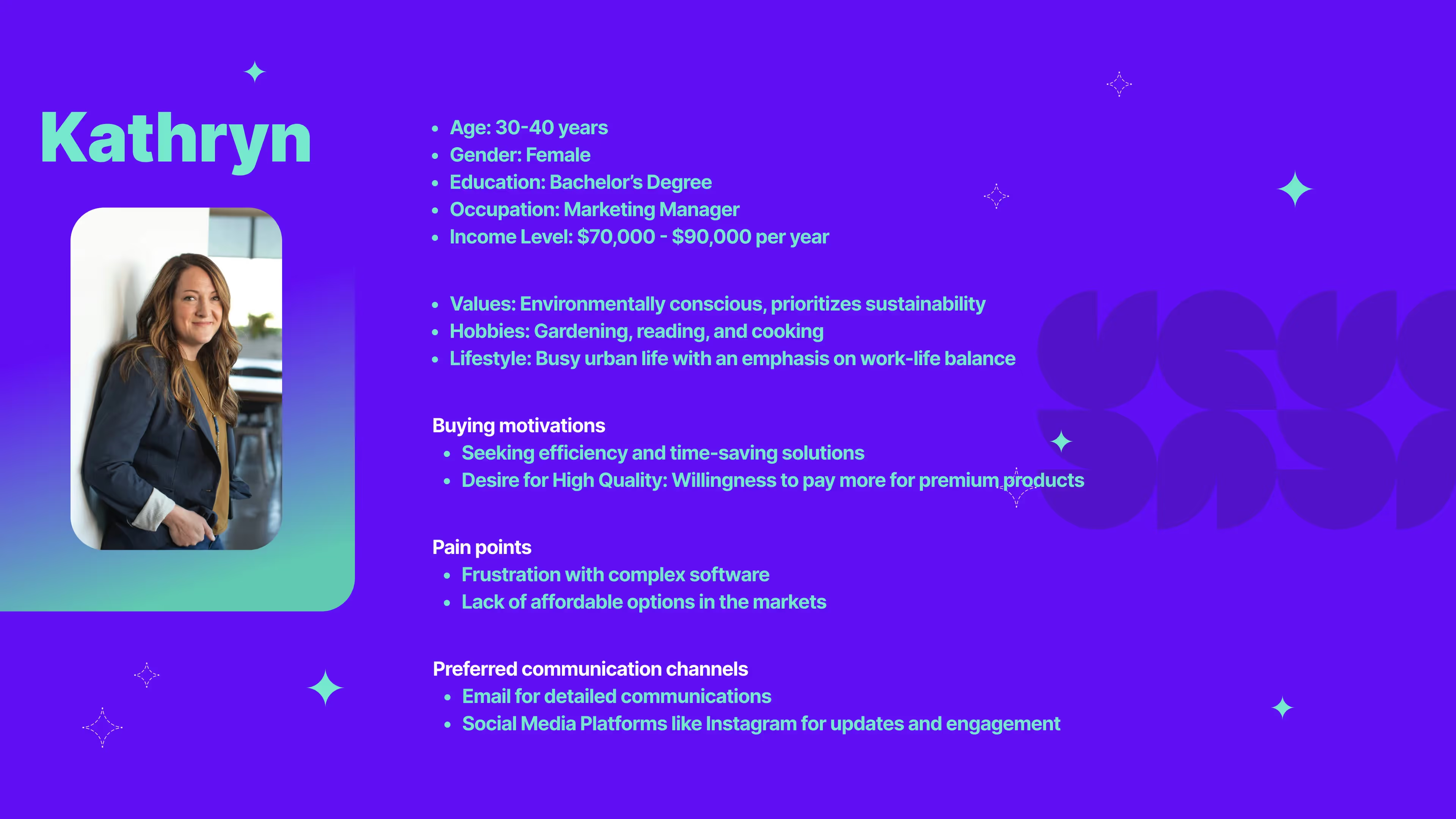
Buyer personas guide product development, content creation, and overall customer experience efforts by providing insight into the “human” aspect of the buying process. They are applicable in both B2C and B2B contexts.

By understanding the unique purposes of ICPs and buyer personas, you can more effectively align your marketing strategy with potential buyers and drive more targeted and successful outcomes.
Benefits of having an Ideal Customer Profile
Crafting an Ideal Customer Profile can revolutionize how you approach your business. Let's see how your business can profit from having an ICP.
Improved marketing strategies
With an ICP you can pinpoint exactly who your marketing efforts should target, resulting in more effective campaigns.
By knowing your ideal customer’s preferences and pain points, you can tailor your messaging to resonate with them, increasing the chances of engagement and conversion.
Enhanced product development
Understanding your ideal customer profile shapes the development process, ensuring product features align with your customers’ needs.
This means you're beyond "just" building a product but solving real problems for your ideal customer, making each feature more impactful.
Increased sales efficiency
Sales teams equipped with a well-defined ICP waste less time chasing leads that won’t convert.
They focus on prospects that match your ICP, which leads to a higher conversion rate and a shorter sales cycle since these leads are more likely to see the value in your offering.
Better customer retention
When you target customers that fit your ICP, you're more likely to attract those who will find long-term value in your products or services.
This results in higher satisfaction rates and stronger loyalty, as these customers might repeatedly choose your company over competitors.
Components of an Ideal Customer Profile
The Ideal Customer Profile is essential for targeting the right audience for your business.
You can use a ready-to-use ideal customer profile template to speed up the ICP building process, which defines your company's target accounts.
Demographic information
- Age: Typically a range that your ideal customers fall into.
- Gender: Which can dictate preferences and needs.
- Income Level: Key to understanding purchasing power.
- Education Level: Often relates to types of products or services needed.
- Occupation: Gives insight into daily challenges and solutions that may be relevant.
-
Tip: for demographic research you can use our demographic survey template
Psychographic traits
Psychographic traits paint a picture of your customer's mental model, including:
- Values: Principles that sway buying decisions.
- Interests/hobbies: Tells what kind of offers may be appealing.
- Lifestyle: Incorporates living situations and habits.
- Personality characteristics: Includes traits like tech-savviness or environmental consciousness which affect preferences.
Behavioral characteristics
Behavioral characteristics showcase customer interactions with your business:
- Buying motivations: Why do they need your product or service?
- Purchasing habits: How often and when do they buy?
- Brand loyalty: A measure of their commitment to your brand over others.
- Usage rates: Reflects the intensity and frequency of product use.
Geographic location
Location is critical as it can influence:
- Cultural norms: Help tailor your marketing to regional attitudes.
- Climate: Affects seasonal products or services.
- Urban vs. Rural: Dictates accessibility and can signal user needs.
- Market saturation: Identifies the level of competition in the area.
Collect data for customer profiling
Collecting customer feedback through customer surveys, interviews, and face-to-face interactions is a foundational step in crafting an ICP, as it allows for direct engagement with customers to understand their needs and gather valuable information.
When you craft an Ideal Customer Profile the data you collect can be split into two main types: quantitative and qualitative. Utilizing a customer data platform is crucial for consolidating and analyzing customer data to identify trends and insights that inform the ICP.
You need to communicate directly with customers and analyze their behaviors and characteristics to truly understand who your ideal customer is.
Qualitative research
To dive into the qualitative aspects of your customers, you'll initiate open-ended conversations and interviews.
Engage with your current customers to gather personal insights, experiences, and motivations. Document these findings to unearth:
- Behavioral patterns
- Preferences and needs
- Personal customer experiences
Quantitative research
Quantitative data involves numerical information that can be measured and analyzed statistically. To amass this data:
- Examine your sales records.
- Look at the website and social media analytics.
- Identify patterns in customer purchasing behaviors.
This data provides objective measures such as purchase frequency, average spending, and product preferences.
Customer feedback
Customer feedback is a goldmine for enhancing your customer profile. Obtain this valuable information through:
- Online surveys
- Product reviews
- Customer service records
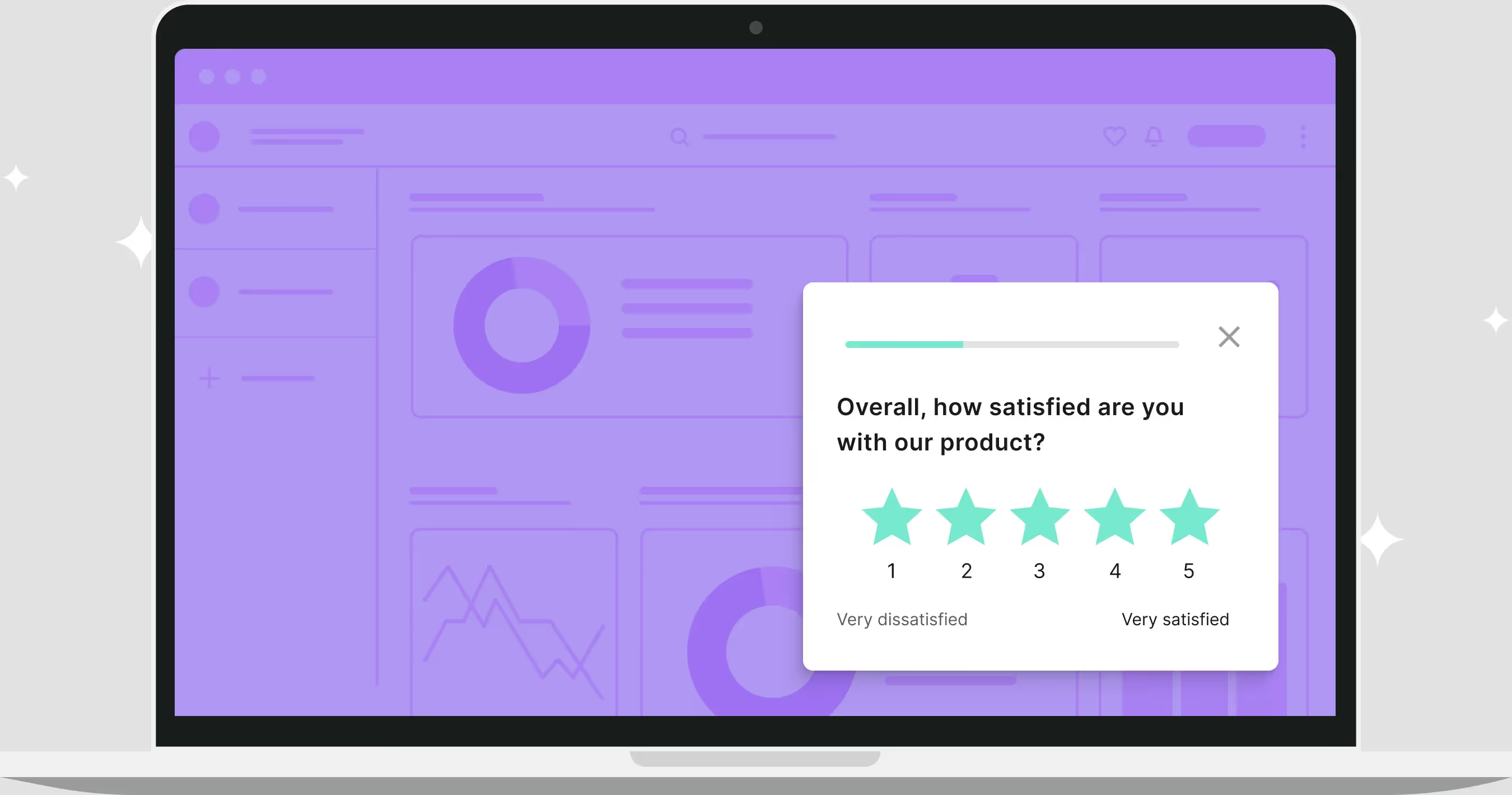
Systematically categorize the feedback to identify common themes and points of satisfaction or dissatisfaction.
Market analysis
Conduct a thorough market analysis to understand the broader context in which your customers operate. Focus on:
- Industry trends
- Competitive landscape
- Emerging customer needs
This assessment will pinpoint gaps and opportunities in the market that your ideal customer might gravitate towards.
Create your Ideal Customer Profile
To ultimately align your product or service with the market, you now have to create an Ideal Customer Profile. So, you can finally direct your marketing and sales resources towards those most likely to engage with your business effectively.
Add customer acquisition cost (CAC) into your ICP creation process. This will help you check if your targeted marketing efforts are effective and cost-efficient by focusing on the traits of your best customers and optimizing your strategies accordingly.
Identify key attributes
To start shaping your ICP, determine the essential characteristics of customers who benefit most from your offer. This includes demographic details like age, location, job title, and psychographic factors such as values and interests.
- Demographics: age, location, job title
- Psychographics: values, interests, challenges
Segmentation strategies
After profiling your ideal customer, the next phase is dividing your market into approachable groups. By segmenting customers based on shared attributes, you can tailor communication and product development strategies that resonate with specific segments.
- Geographic segmentation: country, region, urban vs rural
- Behavioral segmentation: buying habits, brand interactions
Use customer data
Leverage your existing customer data to understand commonalities and differences within your user base. This insight helps in creating a data-driven ICP. Analyze purchase history, customer feedback, and usage patterns for a comprehensive view.
- Purchase history: Frequency, average spend
- Usage patterns: Popular features, session duration
Profile refinement methods
As your business and market evolve, your ICP should too. Use performance metrics to fine-tune your profile continually. Consider customer lifecycle, retention rates, and feedback to refine your ICP and ensure it remains relevant to your strategic objectives.
- Customer lifecycle: Time from discovery to purchase
- Retention rates: Percentage of repeat customers
By applying these methods, you'll craft a precise and actionable Ideal Customer Profile that guides your business efforts towards the most promising prospects.
How to implement your ICP into your business strategy?
To capitalize on your Ideal Customer Profile (ICP), you need to weave it into the very fabric of your business strategy across different departments.
Here’s how you can apply your ICP for maximum effectiveness.
Collaboration between sales and marketing teams is crucial in effectively using the ICP to identify and convert target accounts into loyal customers. In the end, you want to turn them into advocates for the brand in account-based marketing programs.
Marketing campaign alignment
When shaping your marketing plan, ensure it resonates with the characteristics and needs of your ICP. Start by:
Creating content: Tailor your messages and content to address your ICP's specific pain points and aspirations.
Tip: you can ask your target audience what kind of content is most valuable for them by using this content preferences survey template
Channel selection: Choose marketing channels most frequented by your ICP to increase visibility and engagement.
Personalization: Use data from your ICP to personalize communication, making every touchpoint feel uniquely relevant.
Tip: Check how Taxfix segments its audience to provide most personalized content in our success story.
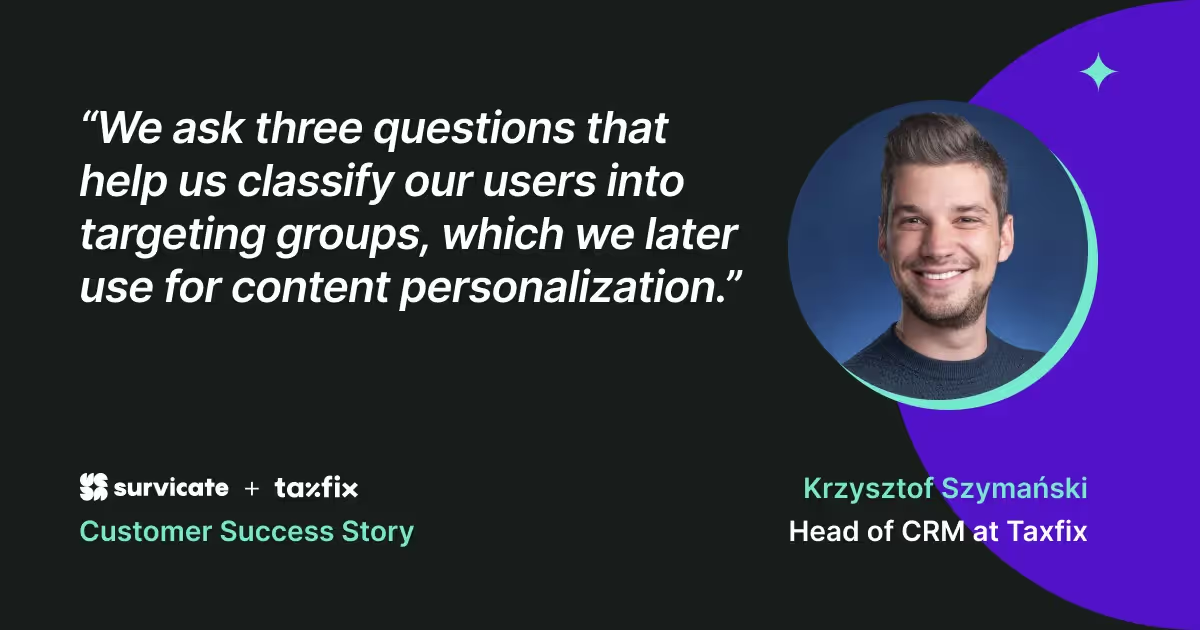
Product development tailoring
Your ICP should directly influence product development. By understanding your ideal customer:
Feature focus: Prioritize features and enhancements that deliver the most value to your ICP.
User experience: Design the user experience to meet the specific preferences and behaviors of your ICP.
Sales approach customization
Lastly, customize your sales strategies to align with your ICP to streamline the sales process:
Lead prioritization: Use resources toward prospects matching your ICP to improve conversion rates.
Sales conversation: Equip your sales team with actionable insights into the ICP to facilitate more relevant and compelling sales conversations.
Closing techniques: Develop closing techniques that address the unique concerns and objections of your ICP.
Consider the size and needs of the customer's service team when customizing sales strategies for B2B clients, as the customer service team is a defining characteristic of an ideal client profile in a B2B help desk software company.
Monitor and update the profile
Creating an Ideal Customer Profile (ICP) is just the first step. You need to actively monitor and update it to make sure it remains relevant (and works).
Continuous data assessment
Data collection: Regularly gather data from your sales, marketing, and customer service interactions to ensure your ICP is accurate.
- Sales transactions: Track purchasing patterns and frequency.
- Customer interactions: Analyze feedback from support tickets and social media engagement.
- Behavioral data: Look at website analytics to understand actions taken by your ideal customers.
Assessment: Periodically review this data to validate the attributes of your ICP.
Consistency checks: Ensure attributes like job role, industry, and company size still align with your top customers.
Relevance: Confirm that the pain points and challenges in your ICP match what your sales team encounters.
Adapting to market changes
- Industry trends: Stay alert to shifts in the market, which can alter the needs or behavior of your customers.
- Competitor movements: Pay attention to how changes in competitor strategies may influence your ICP.
Strategy update: Modify your ICP attributes to keep pace with the evolving marketplace. Maintain alignment between your offering and the customer profile as trends and competitors influence your market position.
Feedback loop integration
Encourage customer feedback through surveys, interviews, and direct communication channels.
- Surveys and interviews: Utilize structured and open-ended questions to uncover satisfaction levels and potential improvements.
- Direct communication: Engage in conversations through customer service calls or account management meetings to glean insights.
Internal Feedback: Facilitate a feedback loop within your organization.
- Inter-departmental reviews: Regular meetings with sales, marketing, and product teams to discuss the ICP.
- Actionable adjustments: Make specific updates to your ICP based on collective internal feedback.
Power your Ideal Customer Profile framework with Survicate
An Ideal Customer Profile is vital for pinpointing your business's most beneficial customers. It zeroes in on the attributes that your best customers share, such as demographic details, psychographic information, and behavioral patterns. ICP guides your marketing and product development, and sharpens your sales focus, leading to better customer retention and satisfaction.
Survicate's survey software is an essential tool for creating a data-driven ICP. It enables you to conduct comprehensive surveys that yield the rich data needed for an accurate customer profile.
With Survicate, you can effortlessly gather customer feedback and perform competitive market analysis, ensuring that your ICP reflects real-world customer needs and market trends.
Take the first step towards a more focused business strategy by trying Survicate. Sign up for a 10-day free trial to access all Business Plan features and start building an ICP that will drive your business forward.

ICP FAQs
In this section, you'll find pertinent details to help you grasp the concept and utility of an ideal customer profile (ICP). These tailored responses aim to enhance your understanding and enable practical applications within your business strategies.
How do you differentiate between an ideal customer profile and a buyer persona?
An ideal customer profile defines the perfect organization for your B2B product or service based on market data, whereas a buyer persona is a semi-fictional character representing an individual customer in your target market.
What are the essential components of a comprehensive ideal customer profile?
Your ideal customer profile should encapsulate demographic information, firmographic data, buying patterns, customer objectives, and pain points to accurately identify the most valuable customers for your business.
How can a business effectively utilize an ideal customer profile in its sales strategy?
You can leverage your ideal customer profile to tailor sales messaging, prioritize prospects most likely to convert, and focus efforts on high-value targets, streamlining your sales process and increasing efficiency.
In what ways does an ideal customer profile vary between B2B and B2C markets?
B2B ideal customer profiles are centred on identifying target organizations, while B2C profiles focus more on individual consumer behavior, preferences, and demographics.
Can you explain the benefits of having a well-defined ideal customer profile for a company?
A well-defined ideal customer profile helps in aligning product development, marketing, and sales initiatives with the needs of the most profitable customer segments, leading to improved customer acquisition and retention rates.
What methodologies are commonly employed to create and refine an ideal customer profile?
Businesses often use a combination of quantitative and qualitative research, such as data analysis, surveys, and customer interviews, to create and continuously update their ideal customer profile.










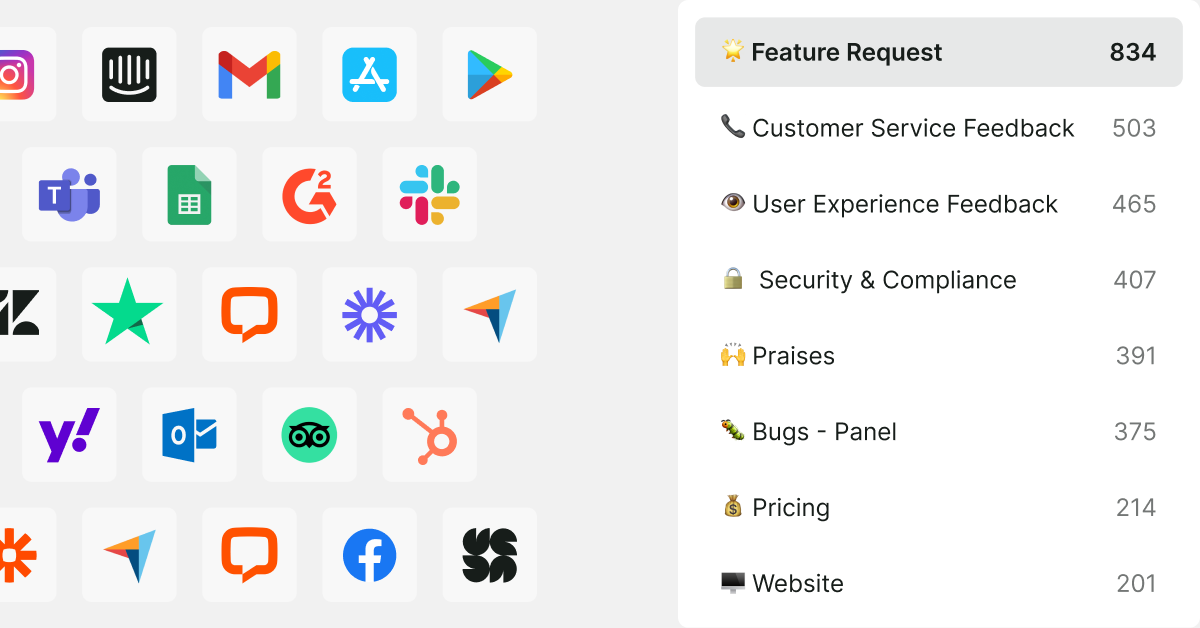
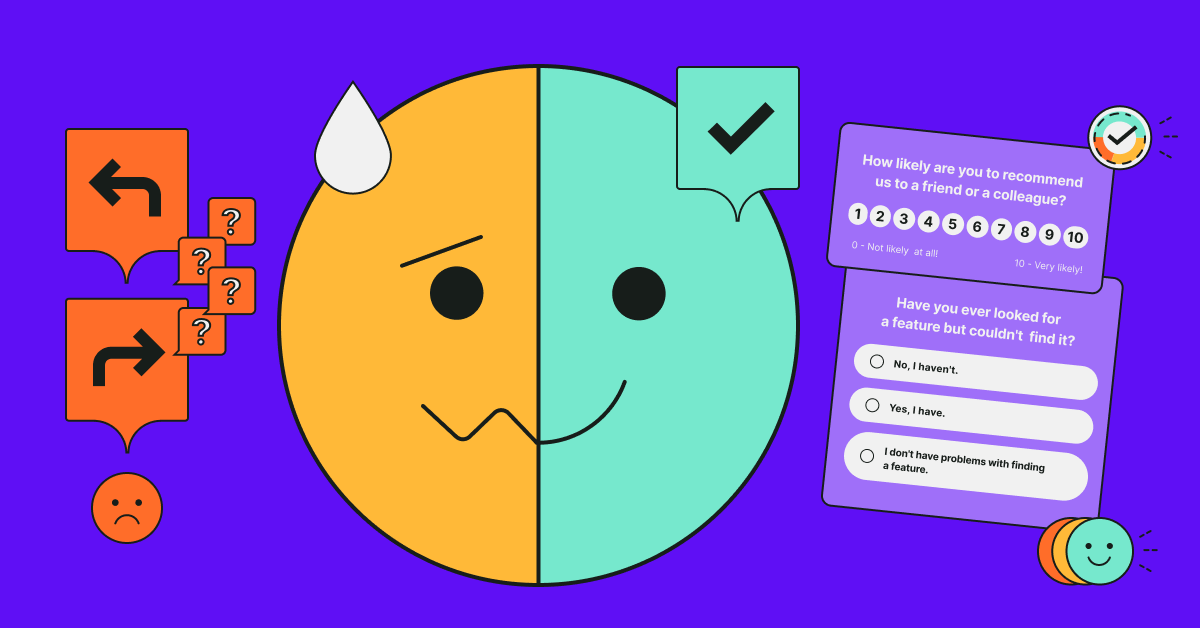

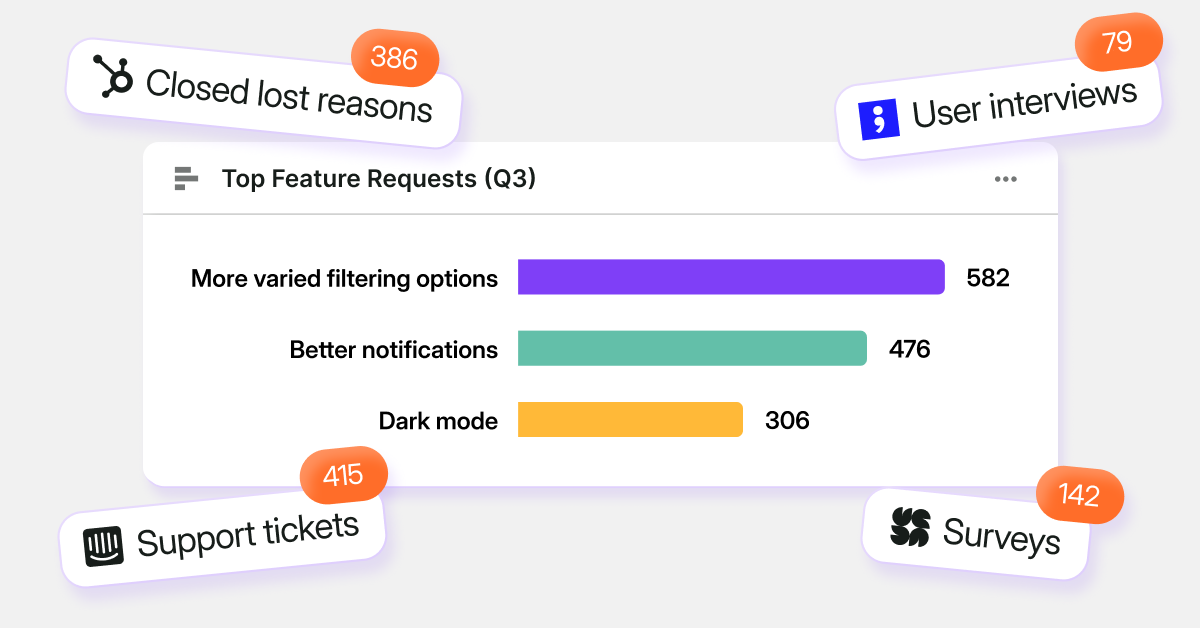
.svg)

.svg)



